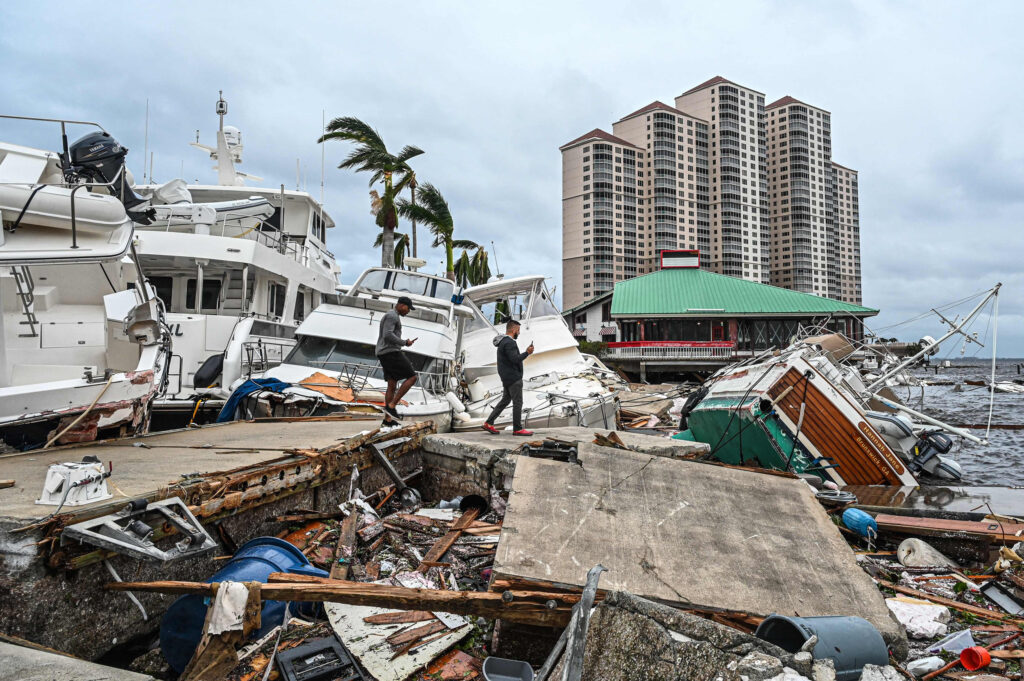High winds and storm surges accompanied Hurricane Ian Wednesday evening when it hit Florida’s Western coast and left at least two dead and what will be, no doubt, a hefty clean-up bill.
Ian, a category four hurricane, is to date one of the most catastrophic storms to strike the US, and as it made its way across the state, it took with it buildings, toppled trees and plunged more than 2.5 million persons into darkness.
Several hospitals were left without water and thousands of residents were trapped in their homes. Photos and videos on social media documented the hurricane’s horrific impact and confirmed what several officials have concluded; Ian has been one of the most ferocious storms to hit the Florida peninsula in decades.
Ian’s tropical-storm-force winds extended outward up to 415 miles (665 km) and dumped heavy rainfall that quickly transformed streets into rivers.
The storm previously tore into Cuba, killing two people and caused extensive infrastructural damage after missing Jamaica and rushing past the coast of Cayman Islands. The U.S. Coast Guard initiated a search and rescue mission for 23 Cuban migrants who were passengers in a boat that sank Wednesday east of Key West. They managed to find three survivors about two miles (three kilometres) south of the Florida Keys. Air crews continue to search for possibly 20 remaining migrants.



